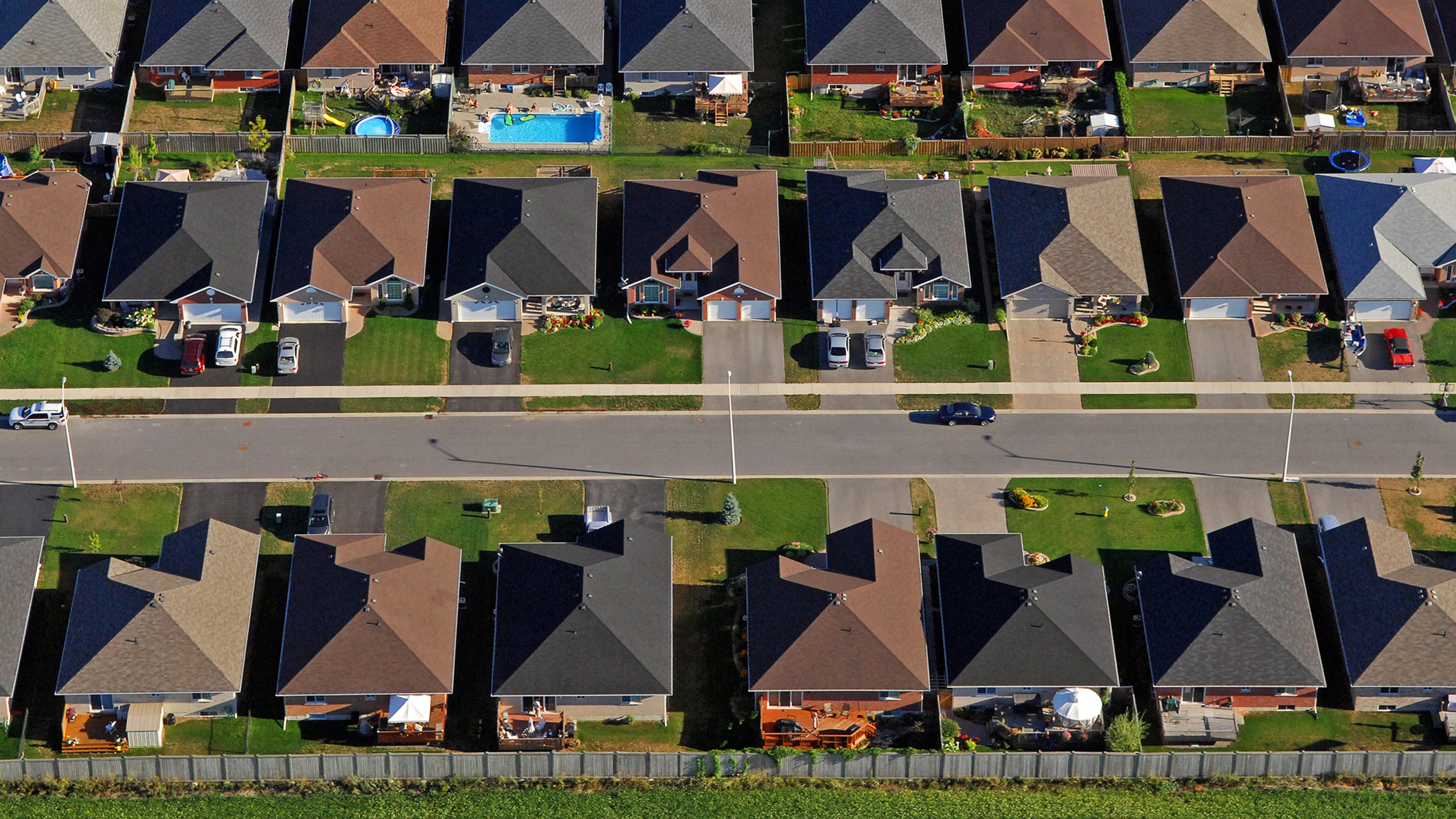Low-Income Housing: Approaches To Help the Urban Poor Find Adequate Accommodation
Introduction
The challenge of providing adequate housing for the urban poor has become a critical issue in the face of rapid urbanization and growing populations. Urban slums and informal settlements, characterized by substandard living conditions, lack of infrastructure, and insecure land tenure, are home to millions worldwide. Addressing these challenges requires innovative, inclusive, and sustainable approaches that not only improve existing housing conditions but also prevent the emergence of new slums. This article explores key strategies aimed at improving housing for low-income urban populations, focusing on methods that enhance living conditions while fostering community participation and long-term sustainability.

Key Approaches to Low-Income Housing
1. On-Site Upgrading
On-site upgrading is a cost-effective and humane method of improving informal settlements without displacing residents. This approach enhances the physical, social, and economic environment of existing communities by upgrading infrastructure, housing quality, land tenure security, and access to public services. It also includes welfare improvements such as better income-generating opportunities and common facilities. Governments and city planners increasingly recognize this method as one of the most effective ways to address urban housing needs while preserving affordable housing stock.
2. Incremental Development
Incremental development allows low-income households to build or improve their homes gradually as their financial resources permit. This flexible approach is particularly beneficial for families unable to afford complete housing solutions upfront. By starting with basic structures and expanding over time, households can achieve better living conditions without incurring significant debt. This method has gained traction in countries like Bangladesh, where community-driven projects provide technical assistance and housing loans to support incremental improvements.
3. Community-Driven Initiatives
Community-driven initiatives empower residents to take charge of their housing solutions. These programs often involve organized community groups with a history of self-managed projects. For instance, in Bangladesh’s Low-Income Community Housing Support Project, residents receive technical assistance, infrastructure grants, and access to housing loans. This collaborative approach fosters a sense of ownership among participants while addressing local needs effectively. Such initiatives also demonstrate that lower-income households can be viable market segments for financial institutions, promoting greater financial inclusion.
4. Government-Led Schemes
Government intervention remains crucial in addressing the low-income housing crisis. Public policies often focus on creating new affordable housing options or resettling residents from slums to suitable land. These schemes aim to prevent the formation of new informal settlements by ensuring proper urban planning and resource allocation. Governments also play a role in providing subsidies or incentives for private developers to invest in affordable housing projects.
5. Participatory Approaches
Engaging the urban poor in planning and executing housing projects ensures that solutions align with their specific needs and priorities. Participatory approaches encourage collaboration between governments, non-governmental organizations (NGOs), and communities, leading to more effective project designs and improved governance. By involving residents in decision-making processes, these approaches foster empowerment and community resilience.
6. City-Wide Strategies
A comprehensive city-wide strategy integrates various housing approaches into broader urban planning efforts to address the diverse needs of urban populations effectively. This method involves scaling up successful pilot projects and ensuring equitable distribution of resources across different neighborhoods. By considering the entire urban landscape, city-wide strategies aim to create sustainable solutions that benefit both current residents and future generations.
Importance of Collaboration
The success of these approaches hinges on collaboration between multiple stakeholders, including governments, NGOs, private developers, financial institutions, and local communities. Each stakeholder brings unique expertise and resources to the table:
- Governments provide policy frameworks, funding, and regulatory support.
- NGOs offer technical expertise and facilitate community engagement.
- Private developers contribute through public-private partnerships aimed at increasing affordable housing stock.
- Financial institutions enable access to credit for low-income households.
- Communities ensure that solutions are locally relevant and sustainable.
Conclusion
Addressing the housing needs of the urban poor requires a multifaceted approach that combines on-site upgrading, incremental development, community-driven initiatives, government-led schemes, participatory methods, and city-wide strategies. These methods not only improve living conditions but also empower communities by involving them in decision-making processes. As urbanization continues to accelerate globally, adopting inclusive and sustainable housing strategies will be essential for creating equitable cities where all residents can thrive. By focusing on collaboration among stakeholders and tailoring solutions to local contexts, policymakers can make significant strides toward solving the low-income housing crisis while fostering social cohesion and economic growth for urban populations worldwide.
For further reading:
Quick Guide 02 – Low Income Housing: Approaches to Helping the … africancentreforcities
Housing the Poor in Asian Cities: Low-Income Housing – ALNAP alnap
